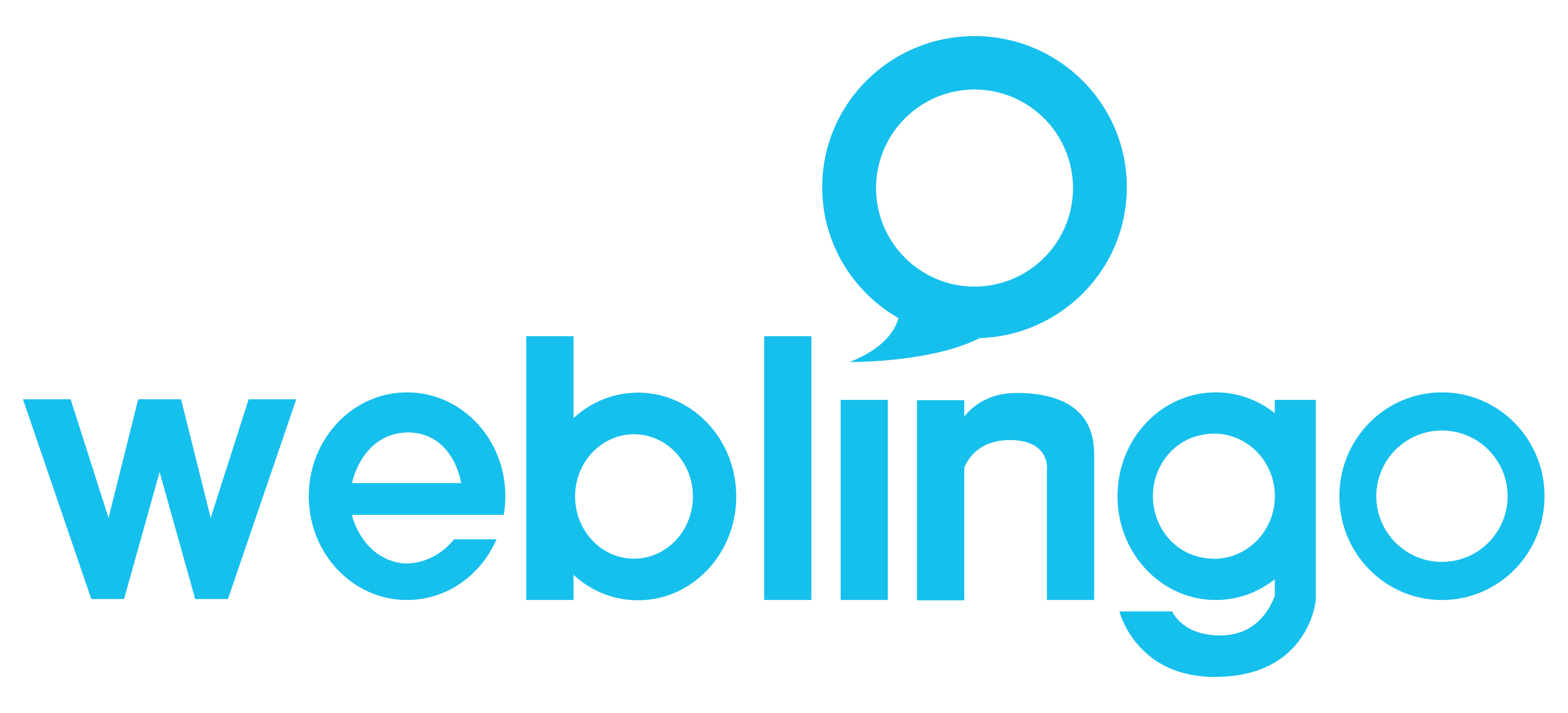First, you need to know exactly who you want to entice. Then follow these steps…
1. Describe your ideal reader
Defining your ideal reader makes your web copy much more personal. This doesn’t mean you’ll sell only to this person. It means whomever closely matches your ideal reader will feel your content is written for them.
Your ideal reader must become like an imaginary friend. Get to know them well. Know the questions they’d ask, what charms and flatters them. When describing your ideal reader, don’t just think demographics like age, gender, income, education, and family. Get to know their dreams and aspirations. Whenever you’re writing web copy, imagine that you’re writing for your ideal reader. Your writing will become more charming, more interesting, and more persuasive.
2. Create a comprehensive list of features, benefits, and objections
Nobody is interested in you, your company, or your products. People are only interested in themselves. To sell your products, you need to focus on the benefits to your readers.
Before you start writing:
•Create a full list of features and specifications
•Translate each feature into a benefit to your ideal reader
•Consider the problems you help them avoid
•Write down the objections to buying from you and decide how you can address them
3. Develop an enticing value proposition
Your value proposition is your conversation starter. It entices your ideal reader to learn more about you. A value proposition usually consists of a headline, possibly a subheading, and three to five bullet points. Your headline can simply state what you do or mention the key benefit of working with you.
Web visitors are in a hurry; they make lightning fast decisions. Your headline should be clear, credible, and concise. Don’t make your web visitors think.
4. Write a first draft
Your headline and bullet points encourage the reader to find out more about you. You’ve started a conversation; now you need to describe your offer and persuade them to take action. You might want them to set up a free initial consultation, or to sign up for your e-newsletter. But you need to persuade them to take action.
Writing web copy that works simply means persuading your ideal reader to take the next step in the selling process. Make sure your prospect knows what next step to take.
5. Edit your copy
Editing isn’t just about correcting grammar and spelling. You need to make your copy more engaging, credible and persuasive.
Consider the following steps:
•Check your list of features, benefits, and objections to ensure you don’t miss any important sales messages
•Edit your web copy for scanners; create enticing subheadings and fascinating bullet points; and follow the inverted pyramid
•Make your copy more credible and persuasive by using copywriting techniques
•Boost your web copy’s readability by tightening and simplifying your text
•Proofread to correct typos
6. Optimise your copy
Usually when you write for your ideal reader, your web pages are SEO-friendly, too. If you use the same words your ideal reader uses and you have a better chance of being found by Google. Writing frequently about your area of expertise is good for your readers. It’s also good for search engine optimisation.
Using the language of your customer is good for your readers. It’s also good for search engine optimisation. Always write your copy for your ideal reader first, and optimise for search engines later.
